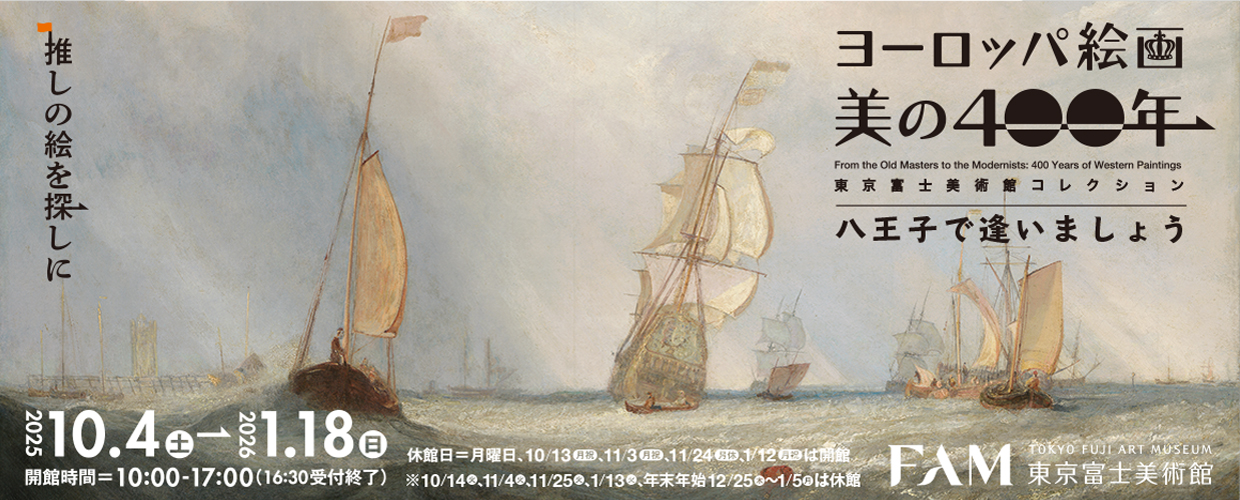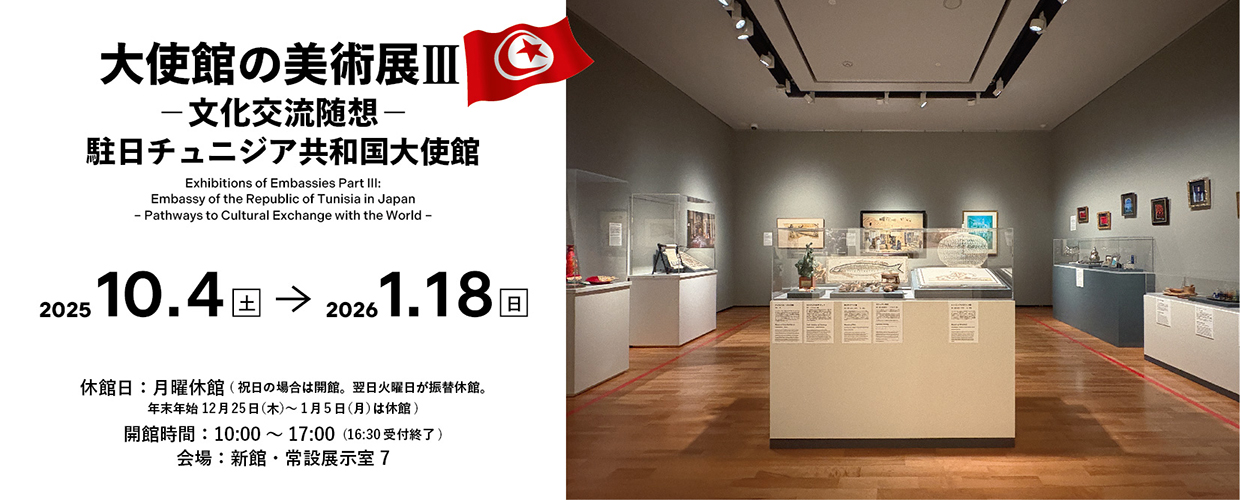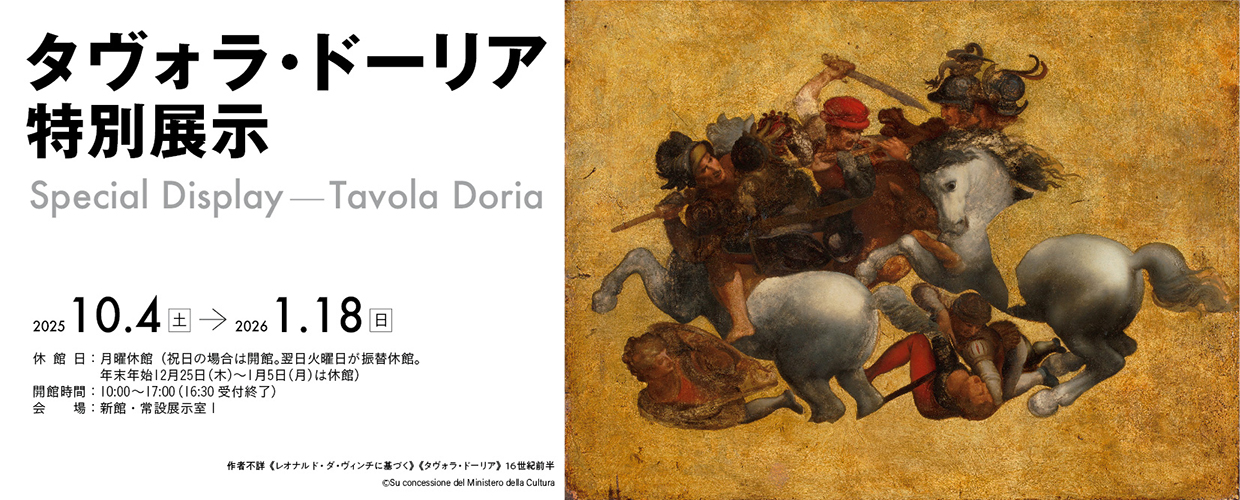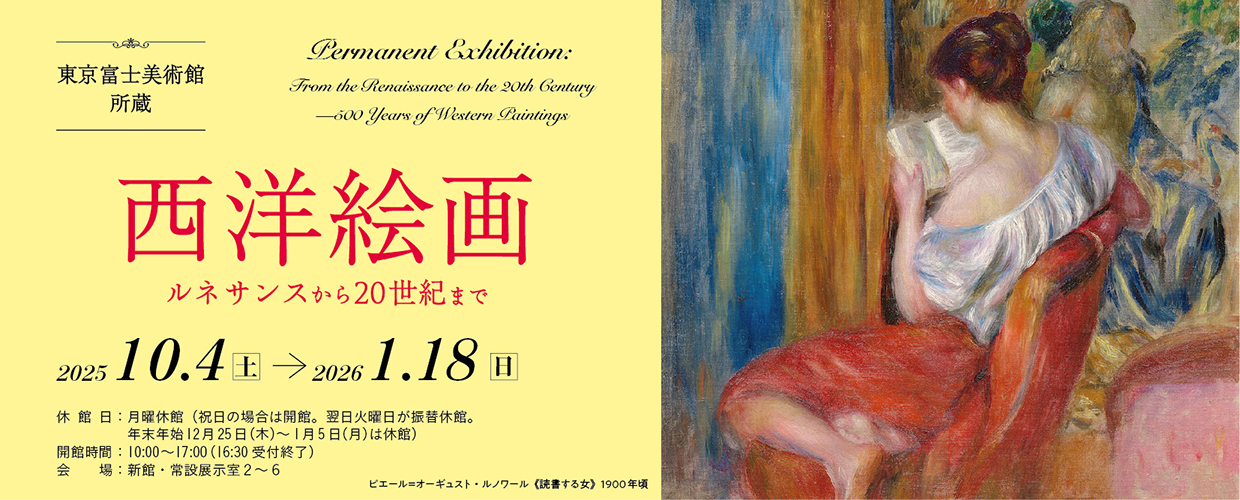SEARCH RESULTS
Your search has yeild 1 works by Kamisaka Sekka.
Kamisaka Sekka
Kamisaka Sekka 1866-1942
Kamisaki Sekka was born in Kyoto, with the real name of Yoshitaka. At the age of sixteen he became a student of Zuigen Suuki, studying Shijo school painting, and in 1888 went on to study under Kokei Kishi, an Imperial Household artist and designer. Around this time he became acquainted with Yajiro Shinagawa, who had experience as a diplomat. Sekka was influenced by the things he learned from Shinagawa about decorative art in Europe. In 1895 he was awarded second prize in the design category at the first Exhibition of New and Antique Artifacts, for a design on an incense pot that featured motifs of old Japanese poems. He went on to become a competition examiner and judge. In the Meiji era he published various design collections, such as Chikusa and Momoyogusa (“World of Things”). In 1901, he went to Europe to visit and conduct research at the Glasgow International Exhibition. He renewed his perspective on decorative art such as that of the Rimpa school, and he continued to work in many fields, including painting, arts and crafts, and design. In 1905 he became an instructor at the Kyoto City School of Arts and Crafts. In 1907 he set up Kabi-kai and in 1910 Kyoubi-kai – two groups that would later merge and transform through Katobi-kai, Katobi-mura, and the Kyoto Arts and Crafts Association to become the Kyoto Arts and Crafts Institute – and he continued to hold regular exhibitions. In 1913 he was heavily involved in the planning and running of Koetsu-kai, a tea ceremony created to remember and celebrate the legacy of Honami Koetsu, an artist and master of the tea ceremony. In 1936 he became a counselor at the Kyoto Museum (now the Kyoto City Kyocera Museum of Art). He died at 77, in 1942. In 2003 he came back into the spotlight as "Modern Rinpa” shows, and a large-scale retrospective, were held in Japan and the U.S.




